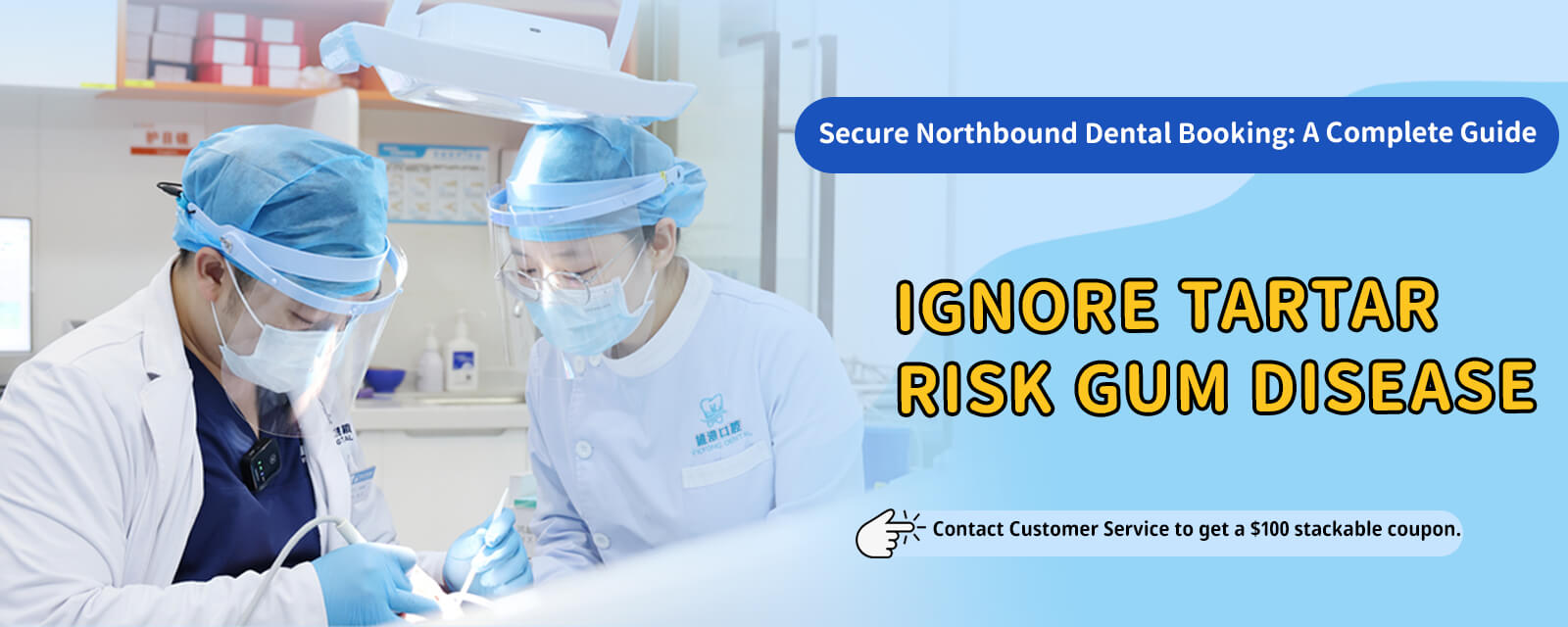If I go to Mainland China for a dental cleaning, can I get a tooth filling at the same time
If I go to Mainland China for a dental cleaning, can I get a tooth filling at the same time
Going to Mainland China for Teeth Cleaning: Can You Also Get Fillings Done?
Many Hong Kong residents head north for a dental cleaning—and fit in a meal and some shopping while they’re there. But can you get fillings in the same visit? The short answer: possibly, depending on your oral condition, the dentist’s evaluation, the clinic’s equipment, and your schedule. It’s not a simple yes-or-no for everyone.
First, know the difference:
- Teeth cleaning (scaling and polishing) removes tartar and dental plaque, helping reduce gum inflammation, bad breath, and the risk of periodontal disease.
- Fillings treat tooth decay and minor tooth damage, using restorative materials to rebuild shape and restore your bite.
- These can be done on the same day, but the standard approach is to examine first, then decide the treatment order.
When is same-day cleaning + fillings suitable?
- Your gums are stable, with no obvious redness, swelling, or bleeding.
- Cavities are shallow to moderate, with no suspected need for root canal treatment.
- The clinic can take X-rays on the spot and has rubber dam isolation, proper sterilization, and the right materials and instruments.
- You have enough time for the dentist to work step by step, check your bite carefully afterward, and explain aftercare.
When is it not recommended to do multiple fillings the same day?
- Obvious periodontitis or heavy gum bleeding—deep cleaning or quadrant-based scaling and root planing should come first.
- Suspected deep decay, nerve pain, possible root canal needs, or inflamed wisdom teeth.
- Unclear history of anesthesia or drug allergies, or conditions that need a longer observation period.
- A tight schedule that doesn’t allow time for bite adjustments and rest after treatment.
Cross-border planning tips:
- When booking, state you want “exam + cleaning + fillings if appropriate” and ask whether same-day treatment is possible.
- Bring previous X-rays, allergy records, and past treatment notes to help the dentist assess.
- Ask about sterilization protocols, confirm the dentist is registered, and check whether you can communicate in Cantonese/Mandarin.
- Clarify follow-up options: if you have post-filling sensitivity or a high bite, can you retur

n the next day for an adjustment?
- Travel time can be long. Avoid very hot or hard foods until the numbness wears off, and don’t drink alcohol immediately after anesthesia.
What the process often looks like:
- First visit: comprehensive exam, X-rays, and cleaning. The dentist lists a treatment plan.
- If gums are healthy and there are only one or two shallow cavities, fillings can often be done the same day.
- If cavities are deep or numerous, it’s safer to split treatment into multiple visits. Avoid “rushing” lots of fillings at once—poor bite adjustment or poorly sealed margins can cause problems later.
Aftercare for fillings:
- For 24 hours, avoid very hard foods and be cautious with extreme hot/cold. Pay attention to whether any area feels “too high” when you bite.
- Brush daily with fluoride toothpaste and use floss or a water flosser, focusing on interdental areas and restoration margins.
- You can use an antibacterial mouthwash short term if your dentist recommends it, but don’t rely on it long term.
- If you grind your teeth at night, consider a night guard to reduce the risk of chipping restorations.
- Keep regular check-ups and cleanings—typically every 6 to 12 months.
Common myths, clarified:
- “Cleaning makes gaps bigger.” Removing tartar exposes existing spaces that were covered by deposits. With proper periodontal care, gum health and tooth stability improve over time.
- “Cleaning equals whitening.” Cleaning does not whiten teeth. To improve shade, consider professional whitening or restorative options after evaluation.
- “Fillings always need anesthesia.” It depends on decay depth and your pain threshold. Shallow cavities may not need it; deeper ones usually do.
- “Do you need a rubber dam?” For resin composite restorations, rubber dam isolation provides a cleaner, drier field and typically results in better sealing and longevity.
Bottom line: It’s often feasible to combine a cleaning with fillings when you go north, but prioritize safety and quality. Get examined first, decide the sequence, and allow enough time for careful treatment and adjustments. Don’t cram a cross-border schedule. Strong daily oral care remains the best way to reduce the need for fillings in the first place.




